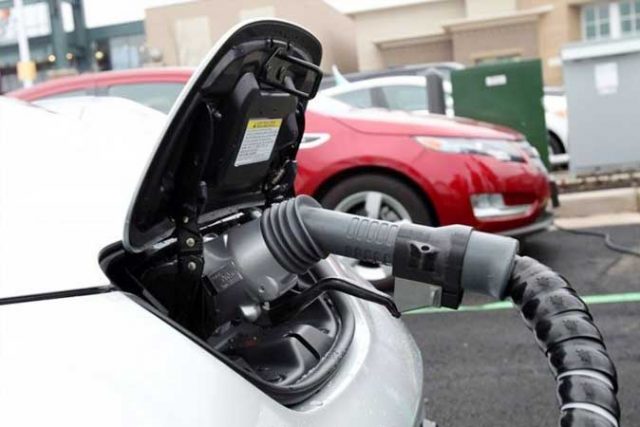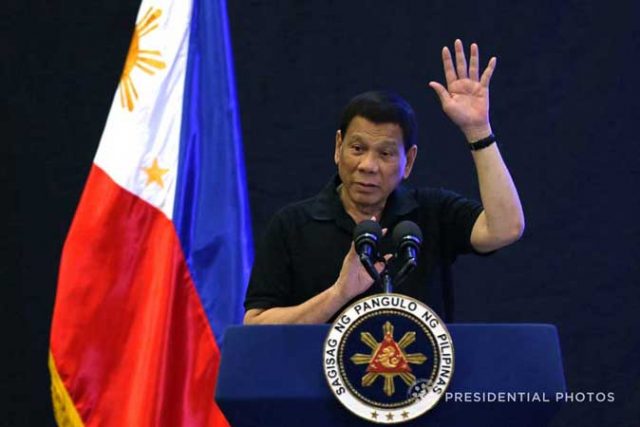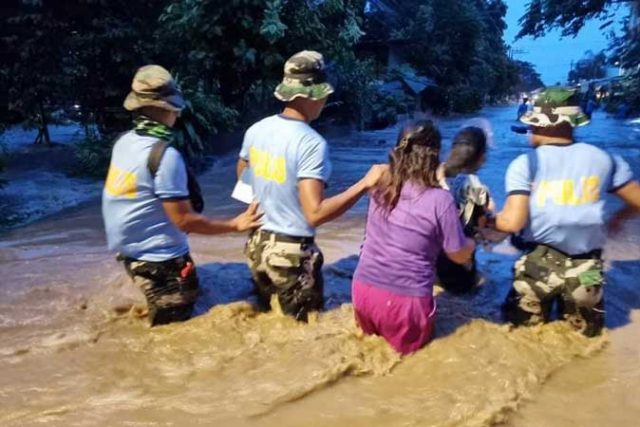On April 8, the Bureau of Internal Revenue (BIR) released Revenue Regulations (RR) No. 5-2021 which implements certain provisions of the Corporate Recovery and Tax Incentives for Enterprise (CREATE) Act. It particularly implements the new Corporate Income Tax (CIT) rates, new income tax rates on certain passive incomes, and additional deductions from gross income of corporations and sole proprietors.
Many questions arose upon the issuance of the RR as taxpayers were preparing their income tax returns (ITRs). Hence, on May 17, 2021, the BIR issued Revenue Memorandum Circular (RMC) No. 62-2021 to address frequently asked questions and provide clarification on certain provisions of RR No. 5-2021 relative to corporate income taxation.
To serve as guidelines, below is a summary of the salient provisions of the RMC and related provisions of the RR being clarified in relation to the changes on income taxation:
1. NEW CORPORATE INCOME TAX RATE
CIT rates were reduced from 30% to 20% or 25% for domestic corporations. The 20% rate applies if the company’s net taxable income for the year does not exceed P5 million and if its total assets do not exceed P100 million, excluding land on which the particular business entity’s office, plant, and equipment are situated. The cost of land is to be accounted for separately in the Audited Financial Statements (AFS) and may not be lumped in one account title with other asset accounts.
In computing for the total assets for the purpose of determining whether the 20% CIT rate applies, the following clarifications were provided in the RMC:
• The total assets are net of depreciation and allowance for bad debts, if any;
• The amount of land excluded is either the cost of acquisition of land or the Fair Market Value (FMV), whichever is reflected in the financial statements;
• The value of land excluded in the total assets is limited to the particular land where the business entity’s office, plant, and equipment is situated during the taxable year. Hence, if the land is held primarily for sale or for investment purposes, the value of this land is to be included in determining total assets. This is regardless of whether the business of the company is the leasing of land;
• In case there are areas in the company’s office building that are being leased out, the percentage of the floor area devoted to the company’s office is to be multiplied with the total value of the land in determining the value of land to be excluded in the computation of total assets.
The minimum corporate income tax (MCIT) was also reduced from 2% to 1%. The MCIT is imposed beginning with the corporation’s fourth taxable year immediately following the year in which it commenced operations. Hence, if the company launched business operations in 2017, the MCIT applies beginning 2021 if the computed MCIT is higher than the regular corporate income tax.
2. ADDITIONAL DEDUCTION FOR BUSINESS PERSONS
To encourage companies to provide apprenticeship programs to public school students, the CREATE Law is allowing companies an additional deduction of one-half of the value of labor training expenses incurred for skills development of enterprise-based training to students enrolled in public schools/institutions covered by an apprenticeship agreement. Training expenses pertaining to training of regular employees in supervisory, managerial, administrative, and support functions is not included in the computation of the additional allowable deduction.
The deduction is subject to a limit of not more than 10% of the Direct Labor Wage. The Direct Labor Wage pertains to salaries and wages which can be identified and charged directly to a product or to a project or service on a consistent basis.
As clarified in the RMC, the additional deduction can be claimed by any type of business, as the regulation did not stipulate which industries can claim. Moreover, in availing of this additional deduction, these requirements must be complied with:
• The labor training expenses shall not be more than ten percent (10%) of the Direct Labor Wage;
• The labor training expenses are incurred for skills development of enterprise-based trainees;
• The enterprise-based trainees are enrolled in public senior high school, public higher education institutions, or public technical and vocational institutions for the taxable year in which the labor training expenses are claimed;
• The training is covered by an apprenticeship agreement under Presidential Decree (PD) No. 442 or the Labor Code of the Philippines; and
• The company claiming the additional deduction is granted an authority to offer a training program for skills development as certified by the Department of Education (DepED), Technical Education and Skills Development Authority (TESDA), or the Commission on Higher Education (CHED), as applicable.
3. EXEMPTION OF FOREIGN-SOURCED DIVIDENDS
Under the regulations, dividends received by a domestic corporation from another domestic corporation are exempt from income tax.
On the other hand, dividends received by a domestic corporation from a non-resident foreign corporation or foreign-sourced dividends are subject to an income tax rate of 25% or 20% or exempt from income tax provided the conditions and requirements under RR 5-2021 are met.
What about dividends received by a domestic corporation from a resident foreign corporation (RFC)? Is it exempt or subject to tax?
Under RMC No. 62-2021, the BIR clarified that with regard to the tax treatment of dividends received from a RFC, there is a need to determine whether the dividends paid by the RFC are sourced from within the Philippines or without. The BIR referred taxpayers to Section 42(A)(2)(b) of the Tax Code, as amended, which reads:
“Dividends received from a foreign corporation shall be treated as income derived from sources within the Philippines, unless less than fifty percent (50%) of the gross income of the foreign corporation for the three-year period ending with the close of its taxable year preceding the declaration of such dividends (or for such part of the period as the corporation has been in existence) was derived from sources within the Philippines xxx xxx”
Based on the foregoing, the dividends are to be treated as Philippine-sourced if more than 50% of the gross income of the RFC for the three-year period is derived from the Philippines. Otherwise, it is to be treated as foreign-sourced income.
If treated as Philippine-sourced, the dividends are automatically exempt from income tax. However, if treated as foreign-sourced dividends, the taxpayer must comply with the conditions imposed under Section 5 of RR No. 5-2021 before it can avail of the income tax exemption.
Despite the clarifications, some questions still linger as to the threshold imposed in determining whether to use the 20% or 25% CIT rate, such as:
• In the case of taxpayers enjoying tax incentives or taxpayers filing ITRs with a mixed special tax rate and regular tax rate, what will be the basis for computing the total assets threshold? Will the company include the net taxable income subjected to the special tax rate for purposes of checking if it exceeded the P5 million net taxable income threshold?
• In filing the quarterly ITR, will the company use as basis the balance of total assets and net taxable income for the quarter for purposes of determining whether to use the 20% or 25% income tax rate?
These are just some of the issues that taxpayers are hoping will be further clarified to help them in computing their income taxes due and in complying properly with the tax laws.
As the BIR continues to issue implementing rules and guidelines in relation to the CREATE Law, taxpayers will need to keep abreast of these updates to not miss anything, especially on the conditions and compliance requirements in availing of lower income tax rates and exemptions which are not outright. It may be a lot to take in for some taxpayers due to the bulk of information released, but thankfully, the BIR and other organizations provide free tax webinars that can help taxpayers understand the new tax regulations and how to comply with them without having to go through all the BIR issuances.
Let’s Talk Tax is a weekly newspaper column of P&A Grant Thornton that aims to keep the public informed of various developments in taxation. This article is not intended to be a substitute for competent professional advice.
Juvy H. De Jesus is a manager of the Tax Advisory & Compliance division of P&A Grant Thornton, the Philippine member firm of Grant Thornton International Ltd.
pagrantthornton@ph.gt.com












